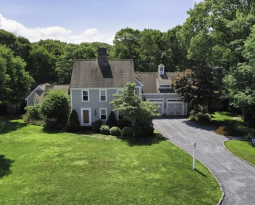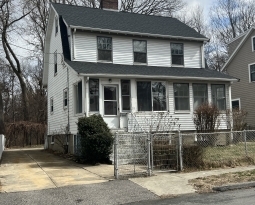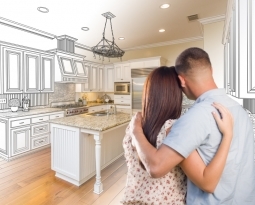Common Issues with Skylights and How to Tackle Them
Skylights have been a long-standing trend in the housing industry, dating back far longer than many people realize. In the 1950s, developers started adding them to retail malls to bring in natural light. In the 1970s, builders started doing the same thing in the residential sector.
While skylights do indeed provide a healthy dose of natural light throughout the day and can add quite a bit of value and character to a home, they do, unfortunately, come with some potential problems. In this article, we’ll tackle the most common skylight issues and what to do about them.
3 Common Problems with Skylights
A recent article from Angi suggests that skylights will usually add value to your home because they can break up ceiling expenses, save money on lighting costs, brighten up your home’s interior, and even shrink your carbon footprint. However, these home upgrades can come with some unanticipated challenges.
Condensation
Condensation is a common issue with skylights. When warm, moist air from inside the home meets the cooler surface of the skylight, it can create water droplets. This can lead to mold or mildew around the framing, peeling or bubbling paint on surrounding surfaces, and even water dripping onto valuables. To tackle this, make sure there is proper ventilation in the room and consider using a dehumidifier to reduce indoor humidity levels.
Leaks
Leaks are perhaps the most dreaded skylight problem. They can occur due to poor installation, aging materials, or damage to the skylight itself. Water can seep through the cracks and cause significant damage to your home’s interior. Regularly inspecting and maintaining the skylight, sealing any gaps, and replacing worn-out parts can prevent leaks. If you notice any signs of leakage, address them promptly to avoid further damage.
Increased Light and Heat
While skylights are great for bringing in natural light, they can also introduce excessive heat and harmful UV rays. This can make your air conditioner work harder, increasing energy bills, and can fade colors on furniture, carpets, and other fabrics. To mitigate this, you can install UV-protective films or shades on your skylight. Additionally, using energy-efficient skylights designed to minimize heat gain can help keep your home cooler.
How to Maintain Your Skylights
Many homeowners inadvertently assume that skylights are one of those set-it-and-forget-it things that they don’t need to think about. But that’s not the case. Maintaining your skylights can help prevent issues from forming or catch them before they do too much damage. Here’s what to do and how often.
- Clean the Glass (Every 3-6 Months): Remove dirt, debris, and any potential blockages to allow maximum light penetration and prevent buildup.
- Inspect for Leaks (Annually): Check for any signs of water damage or leaks around the skylight and address them promptly to avoid further damage.
- Check the Flashing (Every 6 Months): Make sure the flashing around the skylight is intact and properly sealed to prevent leaks.
- Examine the Sealant (Every 6 Months): Look for cracks or wear in the sealant and reapply if necessary to maintain a watertight seal.
- Test Ventilation (Annually): Make sure the room has adequate ventilation to reduce the risk of condensation forming on the skylight.
Need Professional Skylight Assistance?
Maintaining your skylight is generally easy. However, it does require you to be able to access high spaces, which can be dangerous without the proper equipment. Plus, if your skylight is developing condensation or starting to leak, you might need professional help.
Whether you need routine maintenance or need help with skylight repairs, the team at Driscoll Contracting can help.





